10 Amazing photos of the Earth
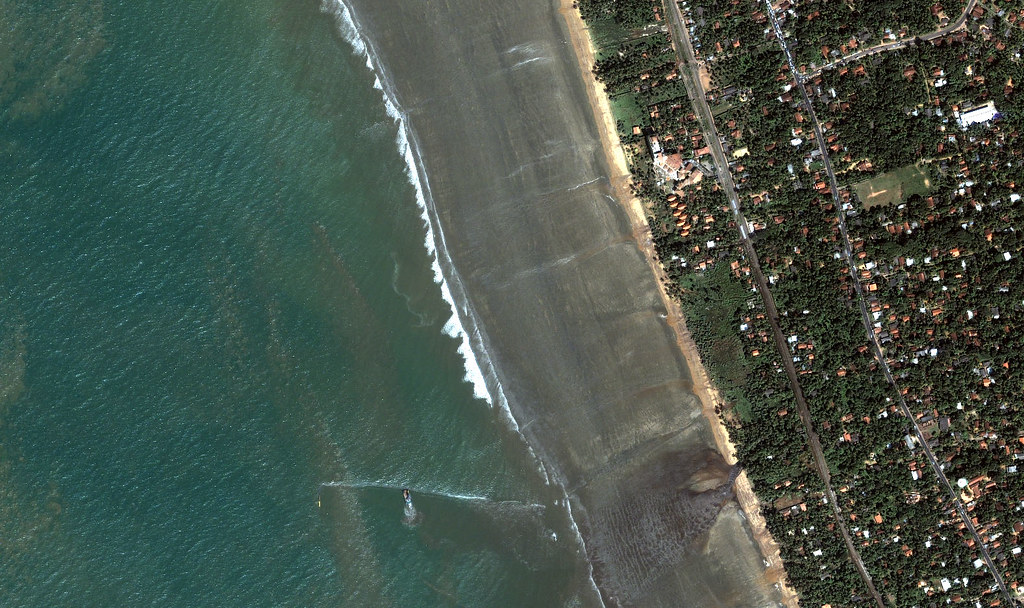
You can see the retreating ocean just 5 minutes before the tsunami hit.

The swirling waters batter the coast just moments after the main wall of water has hit.
2. An alluvial fan, xinjiang province, China
 Covering an area 56.6 x 61.3 km. This is alluvial fan that formed on the southern border of the taklimakan desert in china. Alluvial fans usually form as water leaves a canyon, each new stream eventually closing up due to sediment - the result is a triangle of active and inactive channels. The blue ones on the left are currently active.
Covering an area 56.6 x 61.3 km. This is alluvial fan that formed on the southern border of the taklimakan desert in china. Alluvial fans usually form as water leaves a canyon, each new stream eventually closing up due to sediment - the result is a triangle of active and inactive channels. The blue ones on the left are currently active.
3. Retreating glaciers in the Bhutan-Himalaya

Glaciers are slowly melting due to global warming. Easily visible are the ends of most of these glacial valleys’ surfaces turning to water to form lakes, a trend which has been noticed only in the last few decades.
4. Hurricane Isabel, 2003
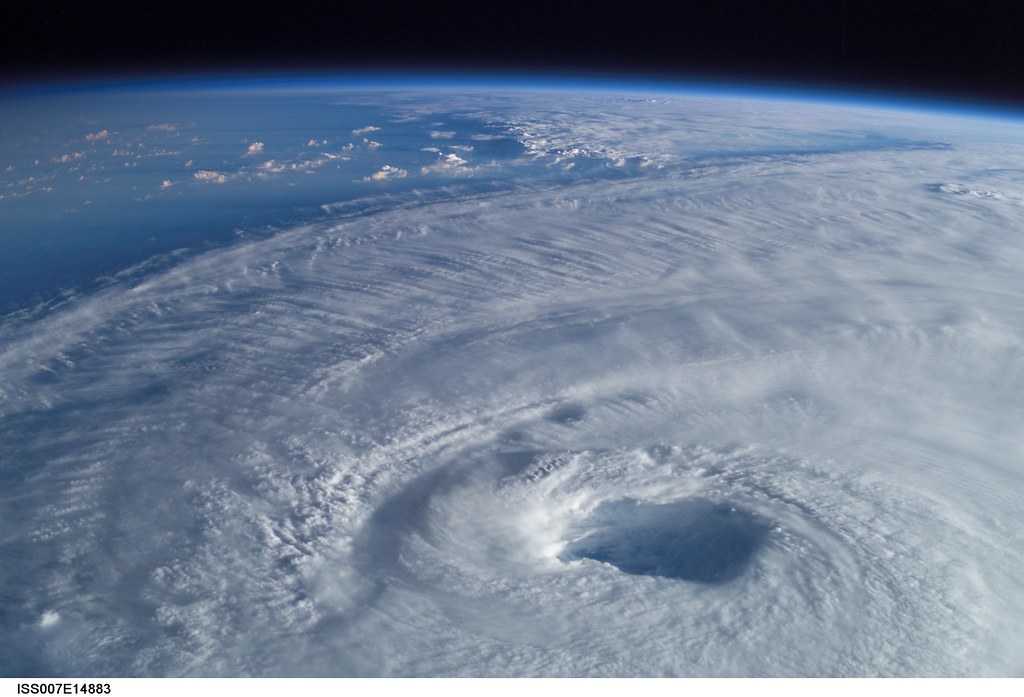
This is a photo of hurricane Isabel back from 2003 It was deadliest hurricane of 2003 with winds reaching 165 mph.
5. Greenland’s eastern coast, august 21st, 2003
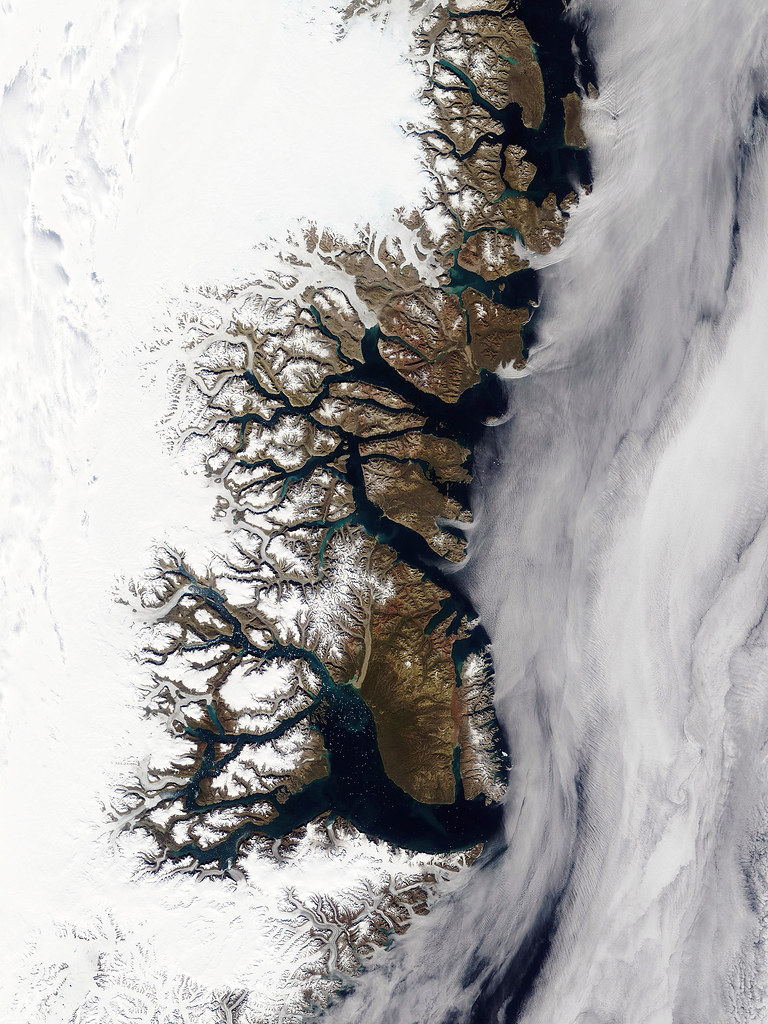
Little white spots in the water is ice from deeper fjords that cover most of the island.
6. Aurora Borealis
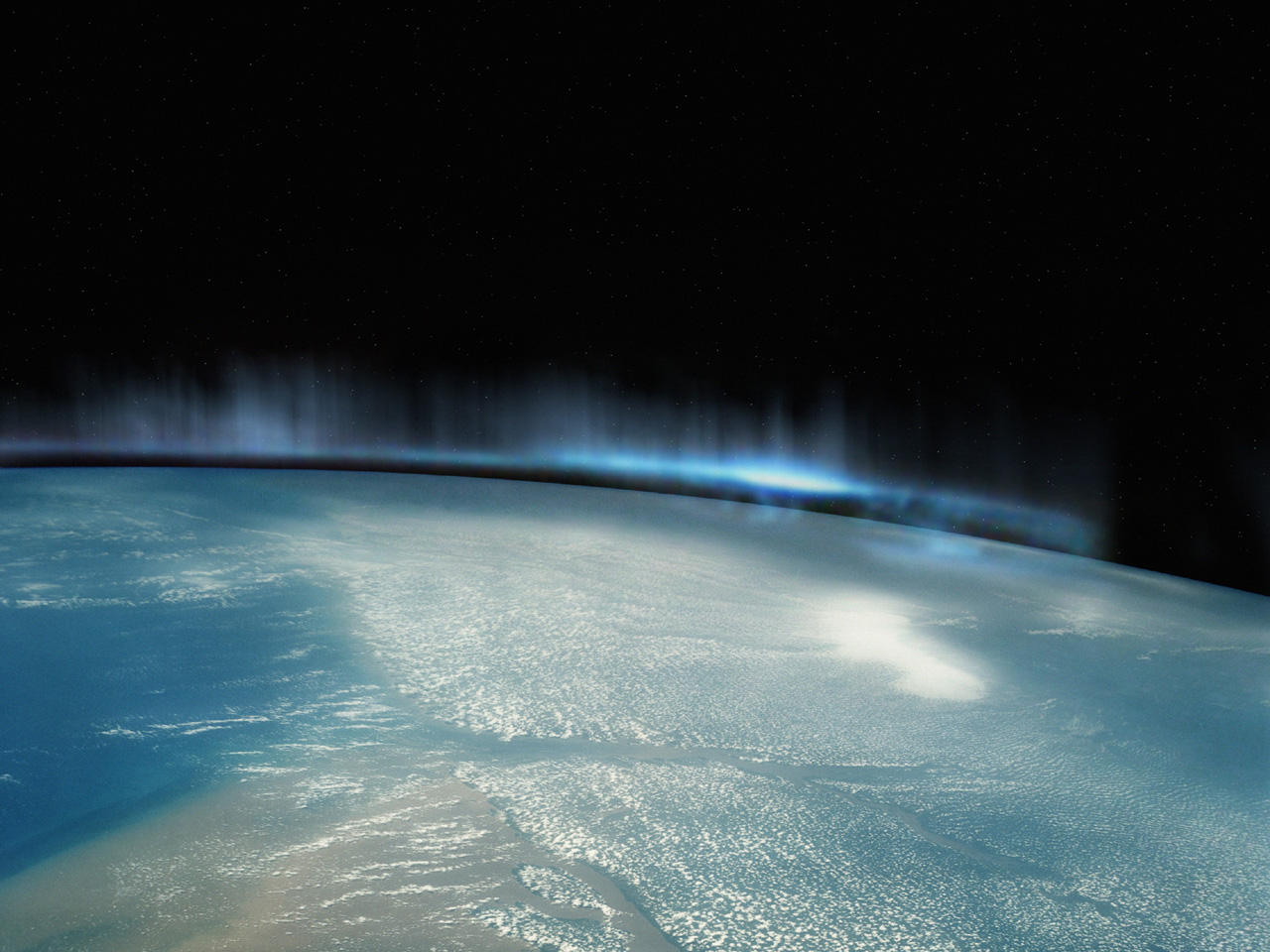
Natural phenomenon known as aurora borealis, taken from shuttle atlantis during the its -117 mission.
7. Total solar eclipse from space, 1999

Moon shadow covers part of earth on august 11th, 1999 photo taken from MIR space station. This shadow moved across the Earth at 2000 km/h.
8. Egmont national park, New Zealand, 2002
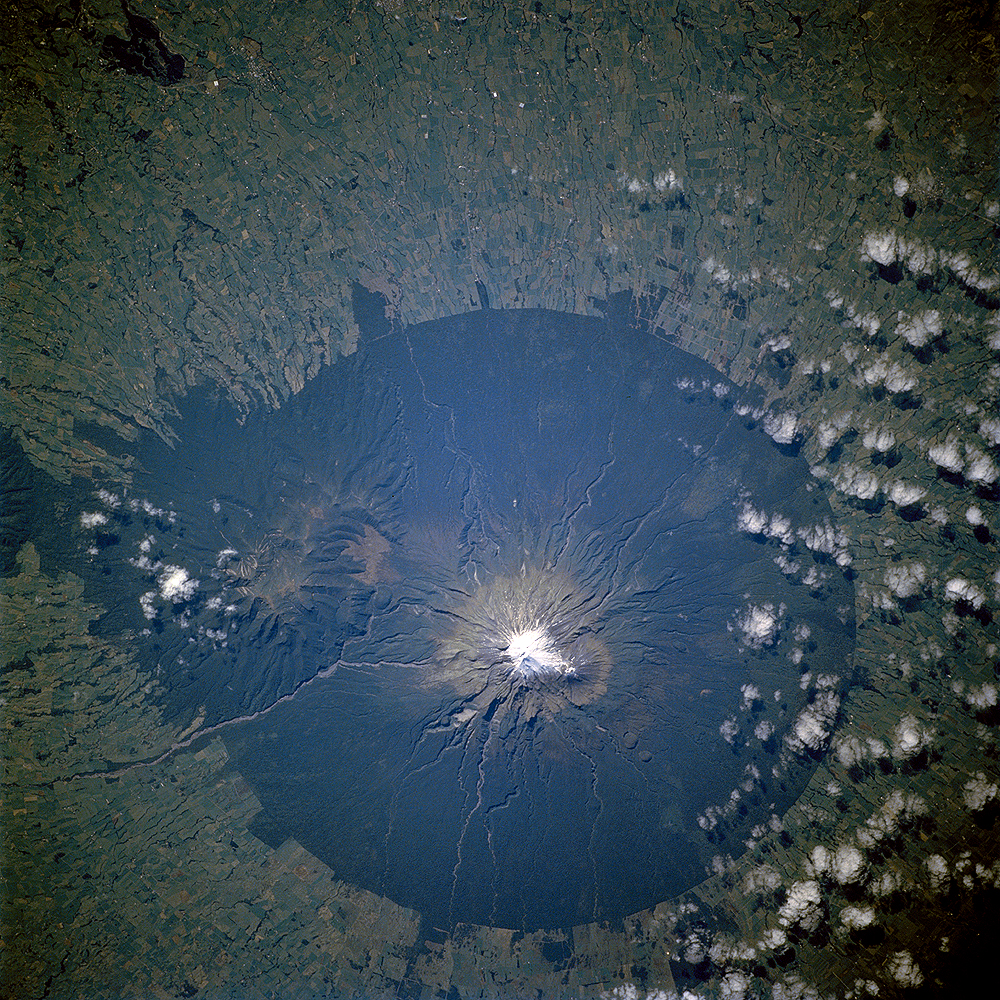
Egmont Volcano in the center of Egmont national park. The park is seen from space. The huge dark green disk is the park.
9. Mt. Etna eruption, October 2001

Photo of a violent eruption on the island of Sicily. The eruption produced an ash cloud that traveled to Libya.
10. Richat structure, Mauritania
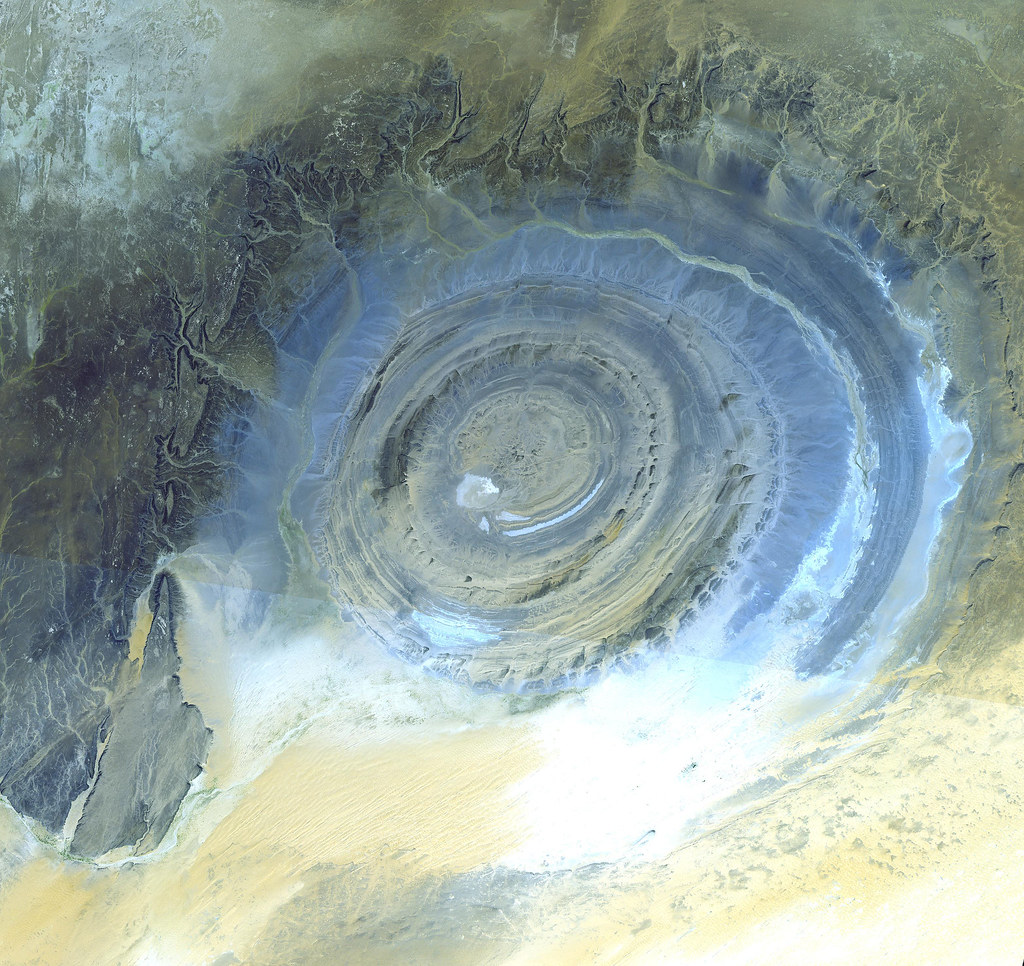
The cause of the richat structure in the Sahara desert of Mauritania has been debated for many years. At first it was thought to be a crater of a meteorite impact but it's been disproved due to the lack of shock-altered rock in its vicinity. This massive (30 mile diameter) oddity is now believed to have been a rock dome sculpted over time by erosion.


 Stumble It!
Stumble It!
No comments:
Post a Comment